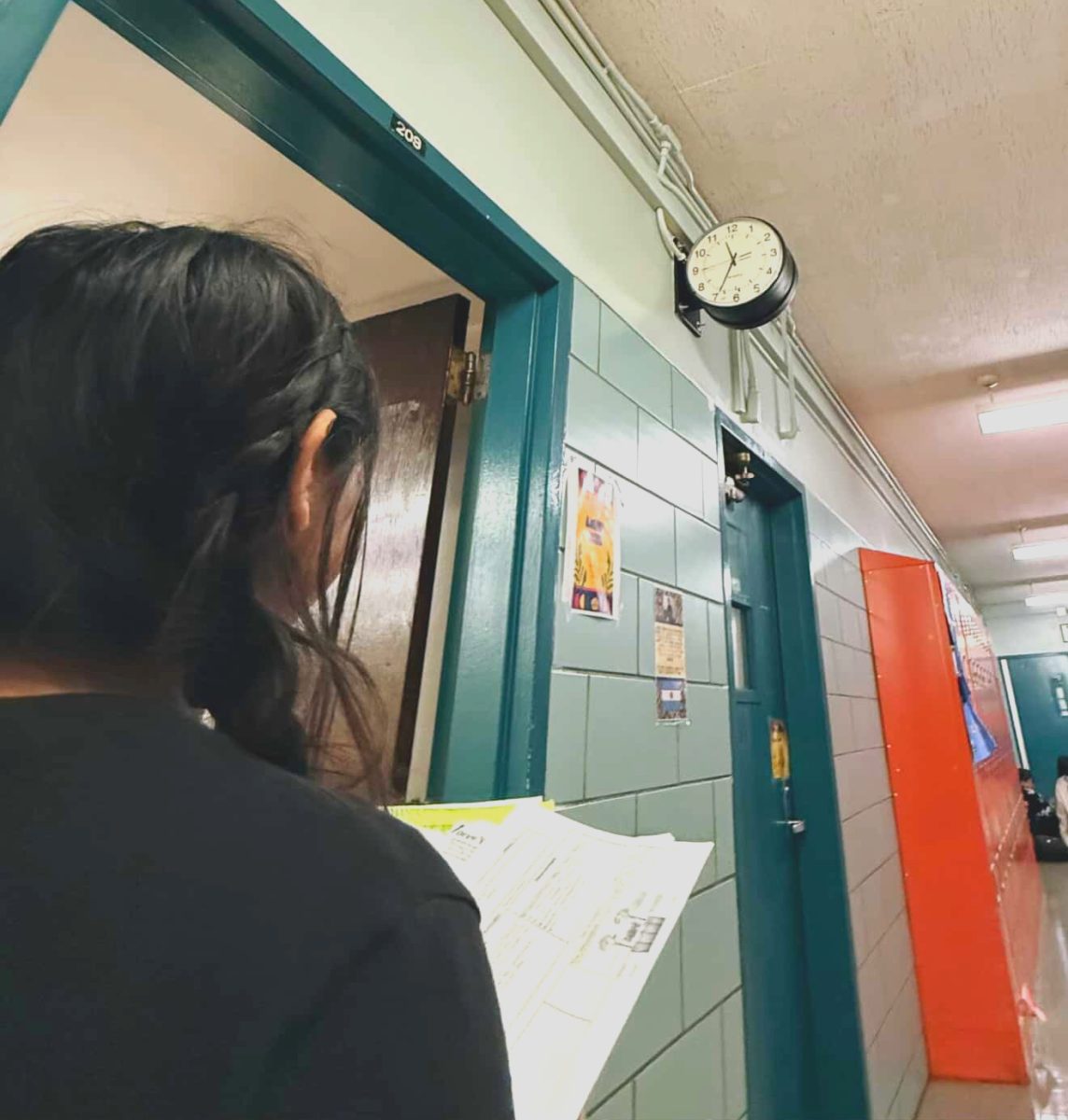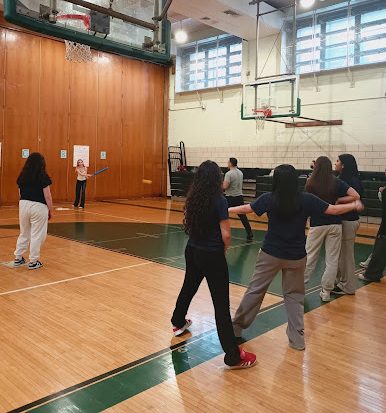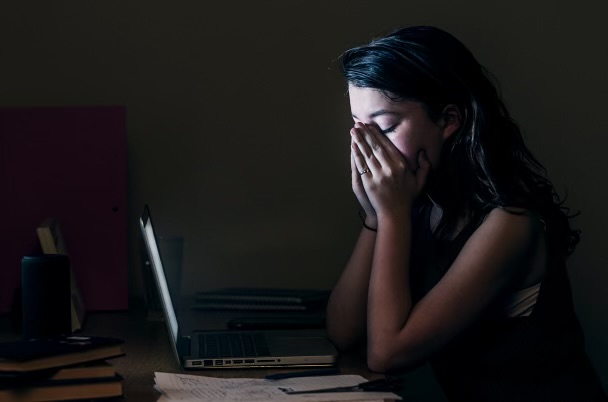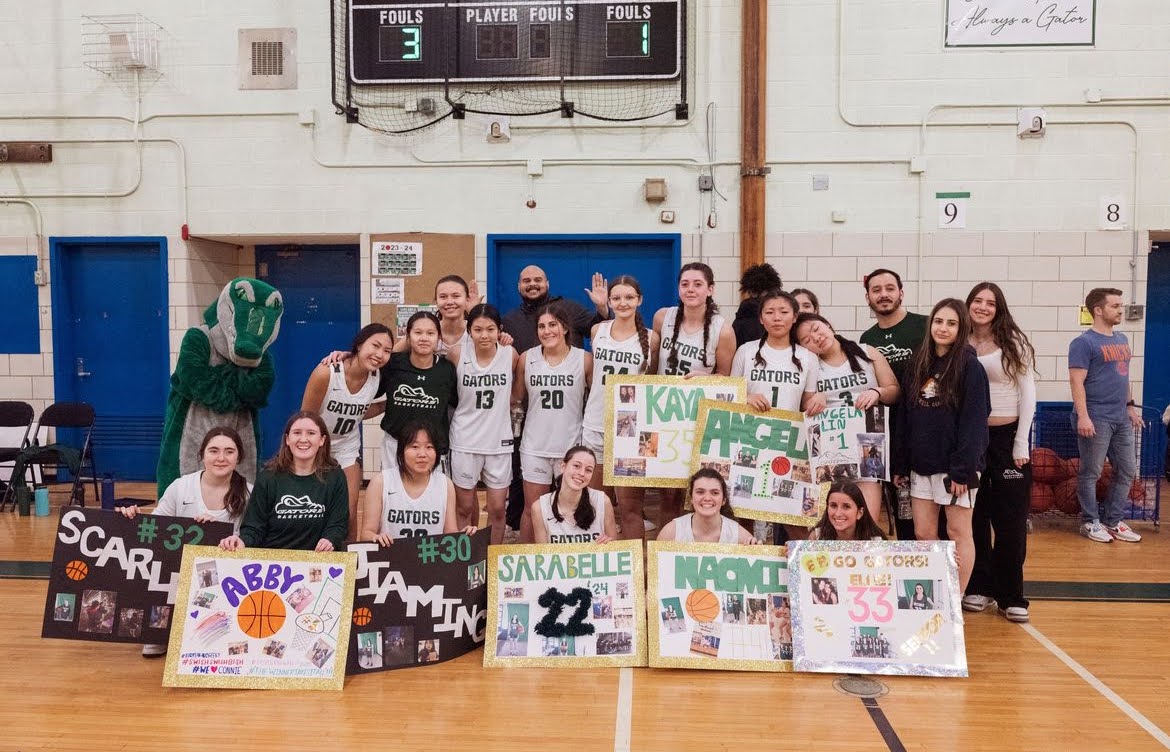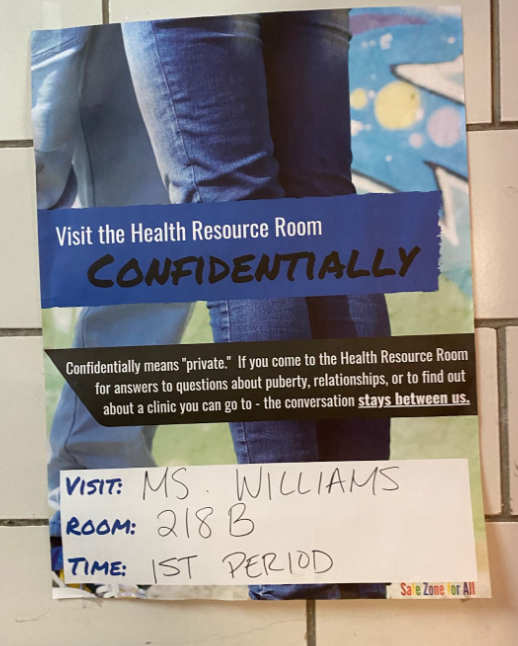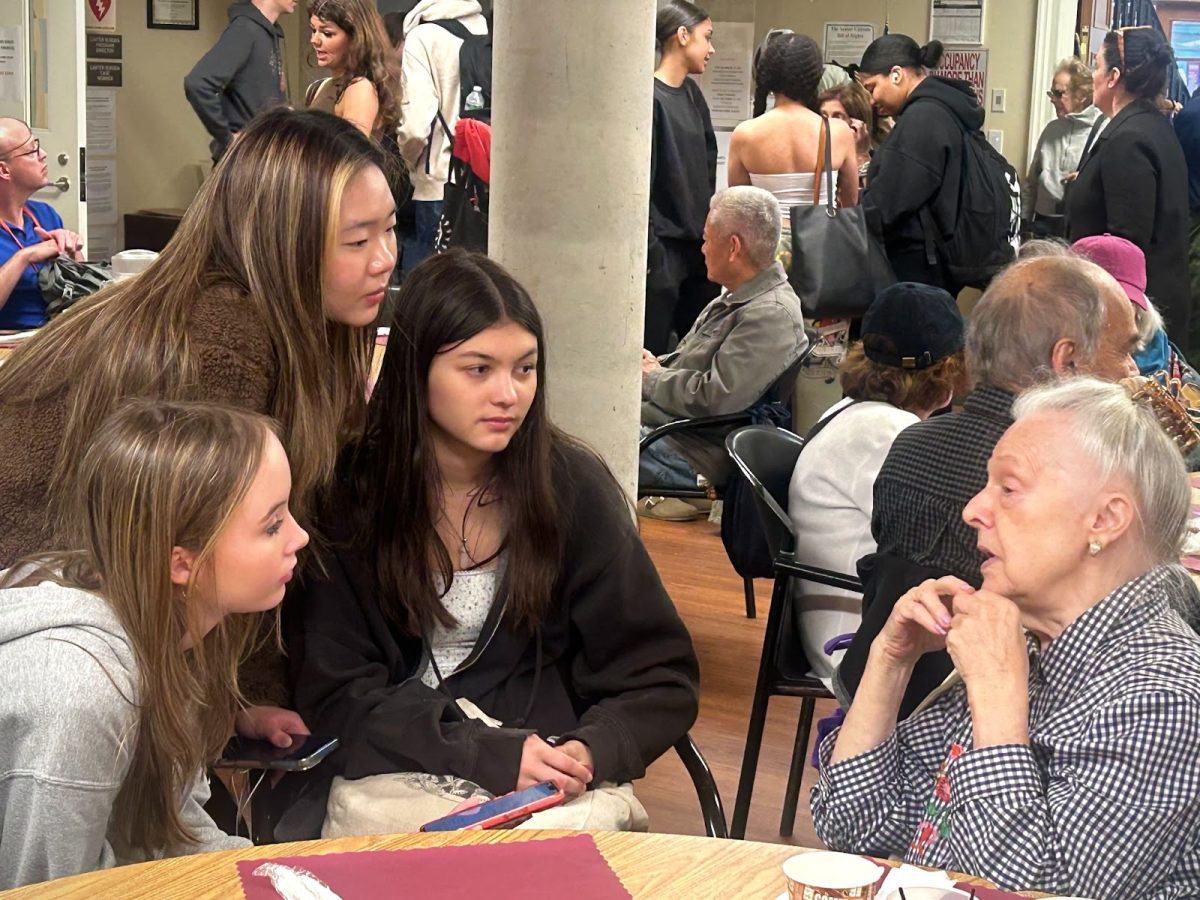What Even is an STD?
Photos taken in the health resource room; All items shown are distributed by the DOE for health education purposes.
June 12, 2023
Health and Sex Education is a class many high schoolers overlook because of its pass or fail grading system at the NYC Museum school. However, Health class has the potential to be extremely educational if it were treated like any other class and given the same level of importance.
Simply teaching abstinence or making the subject taboo is no longer going to work in the society we live in today. So how can Museum make Health a significant class that students consistently attend to learn and fully understand their bodies and the way they work?
Why is Health and Sex Education such an important class for high schoolers to take? Why should students take it seriously? The answer is simple: students should feel comfortable asking questions they might not necessarily feel comfortable talking about at home. Health class should be a safe and comfortable space where people go when they need help or are curious about something.
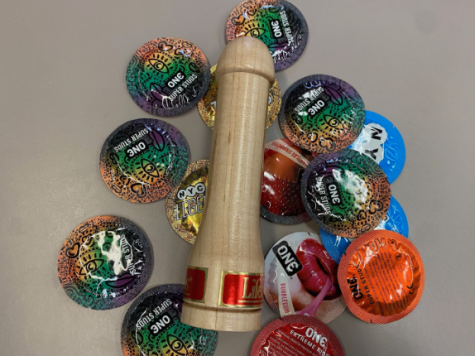 High school is when students begin to mature emotionally and physically. Students often begin to explore their bodies and experiment in many different ways. Health class should be able to help students manage their changing bodies, teach them to make good choices, and explain the negatives of risky behavior.
High school is when students begin to mature emotionally and physically. Students often begin to explore their bodies and experiment in many different ways. Health class should be able to help students manage their changing bodies, teach them to make good choices, and explain the negatives of risky behavior.
Kailely Caton is a 10th grade student at Museum who talked about the importance of Health class and how it can help students be safe. “The understanding of our hormones, new temptations we may have, and risks that teenagers take” are all things that can be explored in Health class.
Shame should not be instilled in teeangers because it can cause guilt and embarrassment that will prevent them from understanding their own bodies. Instead, realizing these changes and behaviors are normal and learning how to manage them will only make kids feel more safe and open to talk to each other and trusted guardians or adults when they need help.
We live in a time where people have access to the Internet. The Internet can be full of useful and helpful information, but it can also be filled with damaging misinformation that can be detrimental to teenagers’ developing minds. Having trusted adults at school can help sort out the misinformation.
Manouche Matelus is the social worker at the Museum School, and she teaches Social Emotional Learning (SEL). Sex education has recently been incorporated into her curriculum. While Ms. Matelus has only been at Museum for two years, she had been a health teacher earlier in her career, and no topic is too difficult for her to handle. “I’ve heard it all, and people don’t realize how much misinformation some young people are consuming. I’ve had boys that ask me, why don’t guys get their period? Because they don’t know their bodies. There are so many questions that young people have. It’s so important however for us, as people, to know our bodies.”
Ms. Matelus’ job is to help the students at Museum better understand their bodies regardless of whether or not they think the questions sound silly. She wants to create a safe and comfortable space where students can be honest and ask questions.
So what is health class, and why is it an important class students should be taking? When most people think of health, they generally think of one’s body, proper exercise, and nutrition. While health class does discuss those topics, it also covers the more taboo and uncomfortable topics like mental health, sexual health and one’s identity. The class guides students on how to make smarter choices regarding their bodies, and it helps them understand who they are. This information is important, but it somehow feels dated or slightly out of touch.
As our society is changing and progressing, the health curriculum should change as well. The class should focus on topics that teenagers can relate to and not beat around the bush when it comes to hard conversations. So what can Museum do to make the class more beneficial? Museum can find ways to improve the curriculum through making it more comprehensive and relatable to the things teenagers are going through, including the discussion of topics like sexual orientation, marijuana, drug and alcohol use, and discussing sex as a subject that is about more than just reproduction.
Ninth grader Sofia Burk gave her opinion about what health class should encompass. “Topics that would happen more in reality. Like, sex, alcohol. and drug use and things like that. These are things that people should be educated about, especially in high school. That’s what kids are experimenting with right now.” As Sofia noted, health and sex ed class don’t go into enough detail about these topics. Teenagers are engaging in risky behavior, and don’t know the full depths of what they are doing. Kids are also starting to engage in these behaviors at younger and younger ages, which makes education about them all the more important.
Ramona Abraham, the 9th through 12th grade art teacher at Museum was the health teacher for many years. Ms. Abraham talked about teaching the HIV and AIDS unit, and why she thought it was beneficial for a health curriculum “We talked a lot about AIDS because the curriculum required that there be five to six lessons on it. There should be more conversations about HIV and AIDS today because, at the end of the day, regardless of who you are there’s still a risk of contracting AIDS. It’s important to really understand those risks.”
The Department of Education (DOE) still requires six lessons about HIV, which takes up a lot of time considering that Museum students only have health class once a week. HIV is much more treatable now, and does not affect society as much as it used to. Instead, Students should learn more about STDs like gonorrhea, syphilis, mono, and herpes. Both mono and herpes are a fairly common thing for people to get, and students should understand the importance of getting treatment. Health class should also focus on how to practice safe sex. Many students don’t realize or overlook that they are able to contact Ms.Williams, the guidance counselor at Museum, for condoms. Ms.Williams and Ms.Metlus rooms are both the health room students can go to for asking about health and sex ed conversations or resources. Students also have to sign a form to be allowed contraceptives which students have to keep in mind.
While it’s hard for Museum to change the health and sex ed curriculum because of the DOE requirements, health teachers should listen to students and incorporate their ideas into the class while also following DOE protocols. If that could happen, students might take these classes more seriously. Ms. Abraham also said, “What the school needs to do is get a full-time certified health teacher, who can give the students the proper health classes that they need.” This seems like an important and timely idea. This step would strengthen our health education program, and show students that the school is serious about health education.











